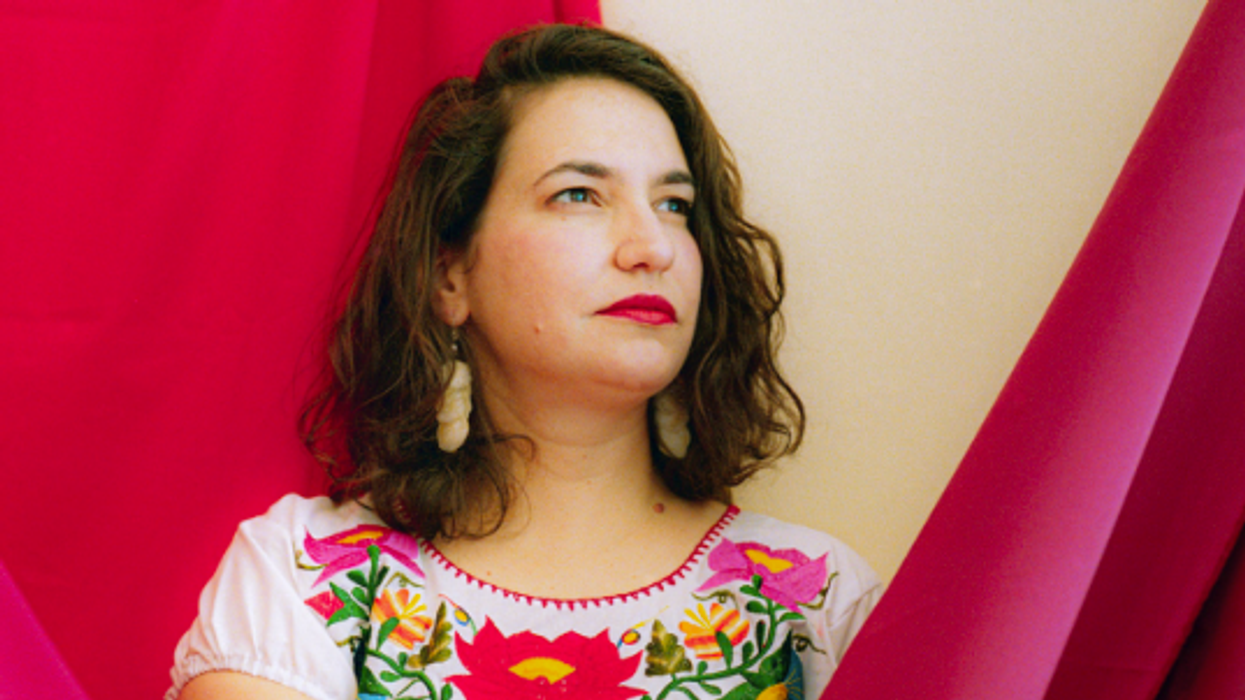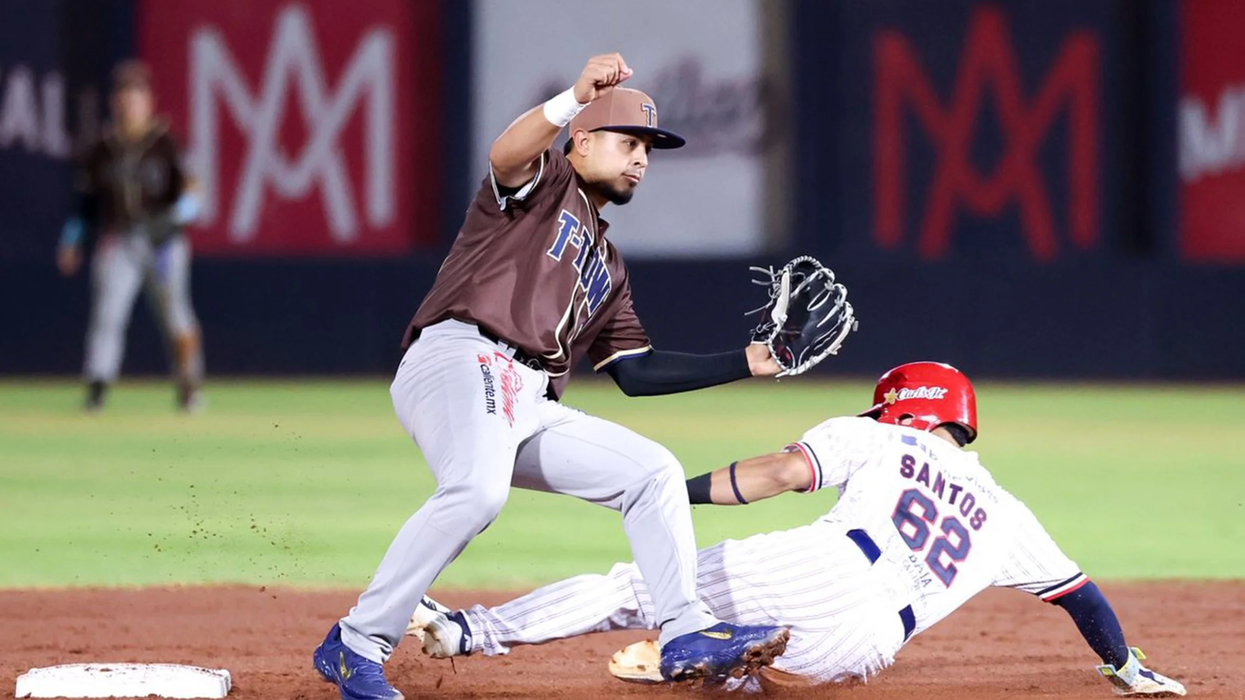The Aspen Institute’s Weave: The Social Fabric Project tackles the problem of broken trust that has left Americans divided, lonely and in social gridlock. Weave connects and invests in grassroots leaders stepping up to weave a new, inclusive social fabric where they live. This is part of an ongoing series telling the stories of community weavers from across the country.
With the weather getting colder across the northern hemisphere and some holiday time with family and friends coming up, you might want to kick back with a movie. We’ve got you. Here are some movies that will give you hope, leave you smiling and maybe inspire you to get out and rebuild social trust in your community in 2025.
Join or Die
It’s an ominous title, but this documentary delivers a powerful, positive message that we can heal society’s isolation and divides by just showing up. It explains decades of research by Robert Putnam, the political scientist who wrote “Bowling Alone” about the decline in social capital in America. Putnam, who is featured throughout the film, shows with data that communities and governments thrive when people join things in person — whether churches, bowling teams, social clubs, political parties or civic groups. Many in the Weave community recommend the film highly — and you are likely to be telling friends about what you learned. It’s newly available on Netflix.
Two films about Mister Rogers
“Mister Rogers’ Neighborhood” ran for nearly 30 years as a children’s program on public television. Fred Rogers, the host, taught a generation of children to acknowledge their feelings, care for each other, recognize that everyone has something to offer and welcome others as neighbors. The first film is a documentary called “Won’t You Be My Neighbor? ” (Netflix). The second is based on a true story of a magazine writer assigned to profile Mister Rogers and whose life was changed because of their relationship. “ A Beautiful Day in the Neighborhood ” (Hulu and others) stars Tom Hanks. Weaver warning: It seems silly and slow at the start, but rapidly gains emotional speed.
A Case for Love
In this documentary, a film crew travels across America interviewing everyday people, politicians, religious leaders and weavers of all types. It explores whether or not love, specifically unselfish love, can heal the extreme social and political divides facing the world. Bishop Michael Curry, who gave a passionate sermon about “The Power of Love” at the royal wedding of Prince Harry and Meghan Markle, is featured. You can rent “A Case for Love” on many streaming channels.
Barber of Little Rock
This documentary film by The New Yorker follows Arlo Washington, a barber who decided to tackle the racial wealth gap in Little Rock, Arkansas, by teaching young adults to be barbers. No commercial banks had branches in his neighborhood to make loans to start businesses or buy homes, so he started his own rooted in relationships, mutual support and community building. The 35-minute film is free on Youtube or you can read the New Yorker article it is based on.
The Antidote
This documentary “weaves together stories of kindness, decency, and the power of community in America. It's about everyday people who make the intentional choice to lift others up, despite fundamentally unkind realities in our society.” The film shows communities across the United States where neighbors are getting together to do everything from helping unhoused folks find connection and support to integrating refugees into their communities. “It's about who we are and maybe, who we can be.” You can rent “The Antidote” on several streaming channels.
Hollywood tends to give us films about our challenges and divisions, often with bigger-than-life heroes who have to save us from ourselves. If you have favorite movies showing everyday people working together to heal loneliness, isolation and division, add them to this post in our Weave Community.
To see more stories like this, subscribe to Weave’s weekly newsletter.
Plata is communications manager for Weave: The Social Fabric Project.























